PSLV-C35 launches 8 satellites in single flight
Mon 26 Sep 2016, 21:09:49
.jpg)
Sriharikota (Andhra Pradesh), Sept 26 (Agency): In its thirty seventh flight (PSLV-C35), ISRO's Polar Satellite Launch Vehicle successfully launched the 371 kg SCATSAT-1 Satellite along with seven co-passenger satellites on Monday from Satish Dhawan Space Centre SHAR, Sriharikota.
This is the thirty sixth consecutively successful mission of PSLV. The total weight of all the eight satellites carried on-board PSLV-C35 was 675 kg. PSLV-C35 is the first PSLV mission to launch satellites carried onboard into two different orbits. This PSLV mission was the longest of the PSLV missions conducted till date and was completed in 2 hours 15 minutes and 33 seconds after lift-off.
After PSLV-C35 lift-off at 0912 hrs (9:12 am) IST from the First Launch Pad with the ignition of the first stage, the subsequent important flight events, namely, strap-on ignitions and separations, first stage separation, second stage ignition, payload fairing separation, second stage separation, third stage ignition and separation, fourth stage ignition and cut-off, took place as planned. After a flight of 16 minutes 56 seconds, the vehicle achieved a polar Sun Synchronous Orbit of 724 km inclined at an angle of 98.1 degree to the equator (very close to the intended orbit) and 37 seconds later the primary satellite SCATSAT-1 was
separated from the PSLV fourth stage.
separated from the PSLV fourth stage.
After separation, the two solar arrays of SCATSAT-1 satellite were deployed automatically and ISRO's Telemetry, Tracking and Command Network (ISTRAC) at Bangalore took over the control of the satellite. In the coming days, the satellite will be brought to its final operational configuration following which it will begin to provide weather related services using its scatterometer payload. The data sent by SCATSAT-1 satellite will help provide weather forecasting services to user communities through the generation of wind vector products as well as cyclone detection and tracking.
After the successful separation of SCATSAT-1, the PSLV-C35 mission continued. Still carrying the seven co-passenger satellites, the fourth stage of PSLV coasted over the South polar region and then started ascending towards the Northern hemisphere. A safe distance between the orbiting SCATSAT-1 and PSLV-C35 fourth stage was maintained by suitably manoeuvring the stage.
At 1 hour 22 minutes and 38 seconds after lift-off as the fourth stage was in the North polar region, the two engines of PSLV fourth stage were reignited and fired for 20 seconds. As a result of this, it entered into an elliptical orbit measuring 725 km on one side of the Earth and 670 km on the other.
No Comments For This Post, Be first to write a Comment.
Most viewed from Specials
Most viewed from World
AIMIM News
Latest Urdu News
Most Viewed
May 26, 2020
Who will win The 2025 ICC Women's Cricket World Cup?
Latest Videos View All
Like Us
Home
About Us
Advertise With Us
All Polls
Epaper Archives
Privacy Policy
Contact Us
Download Etemaad App
© 2025 Etemaad Daily News, All Rights Reserved.

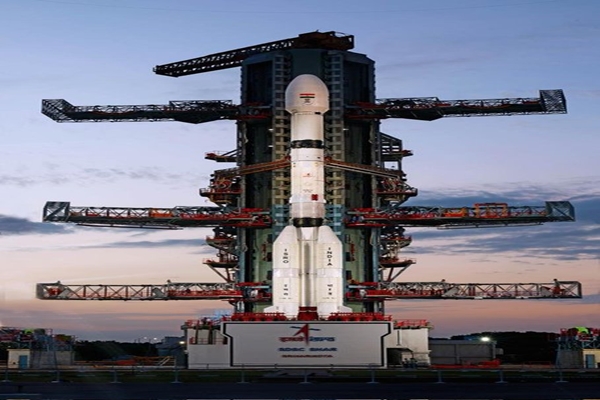

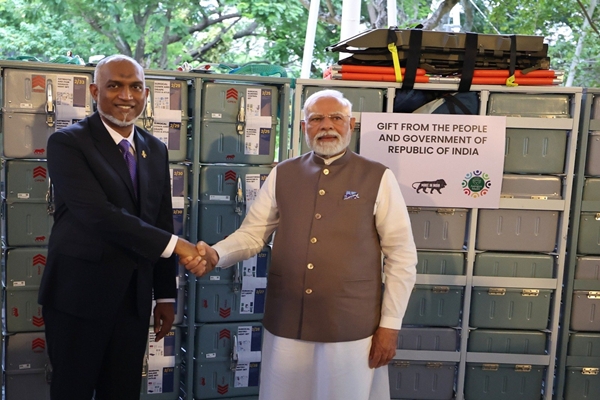
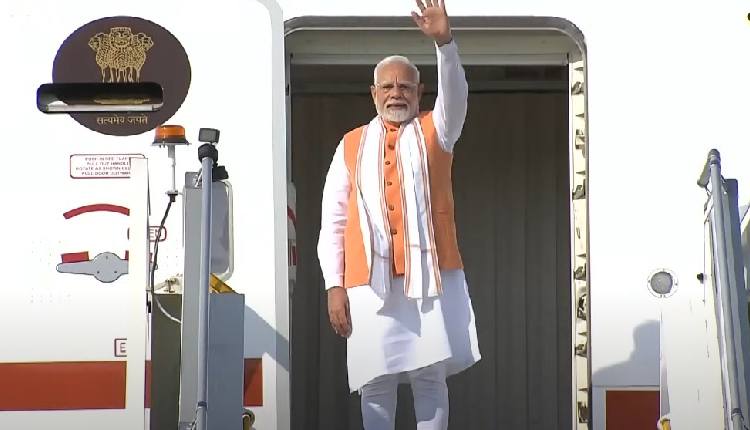


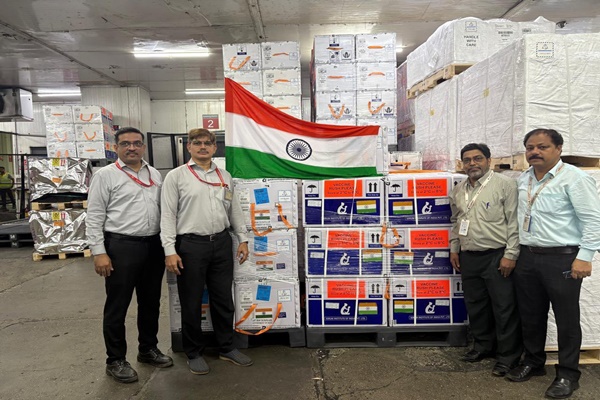
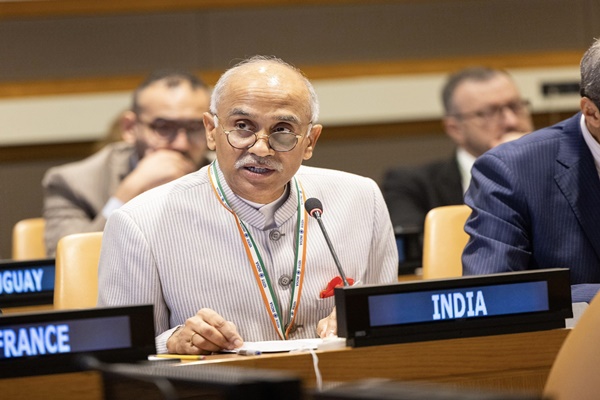




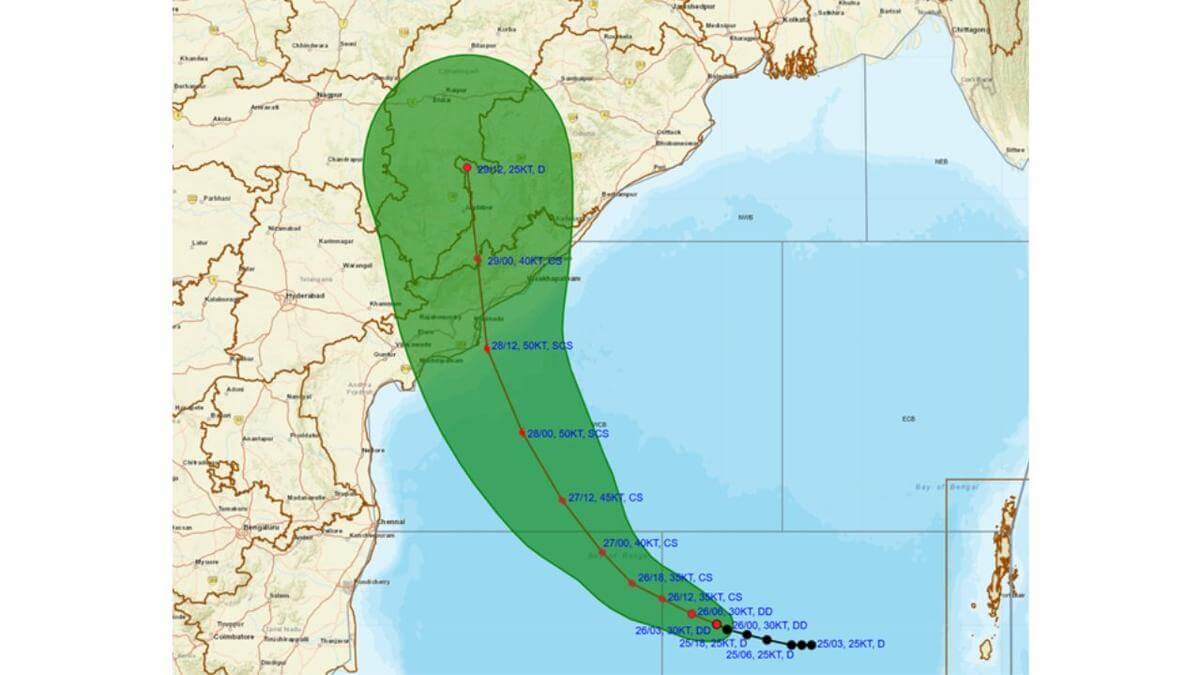








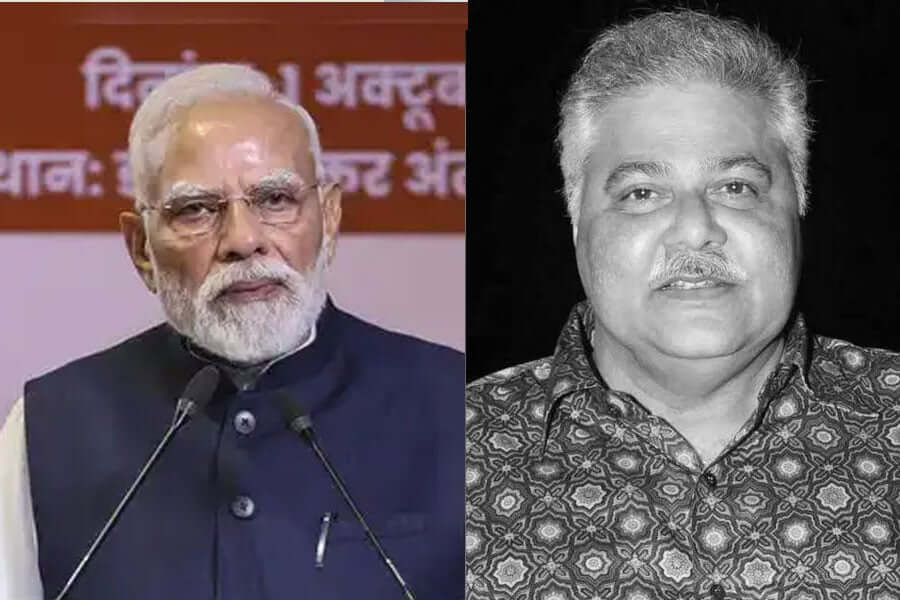
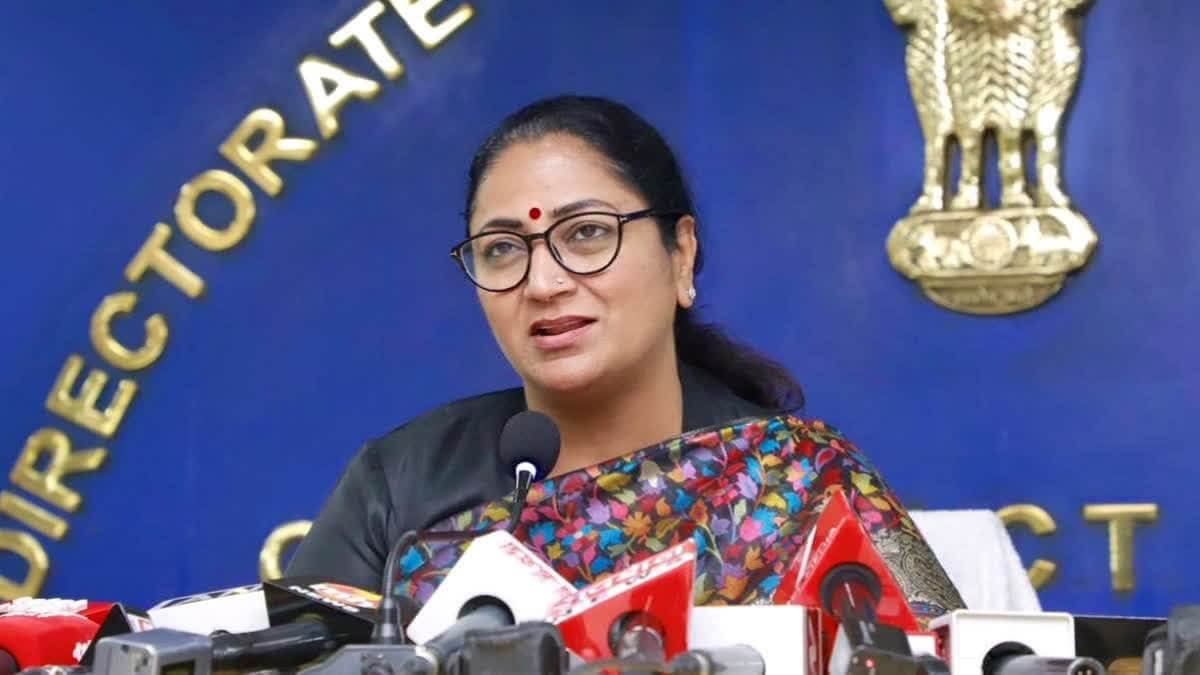













.jpg)
.jpg)
.jpg)


